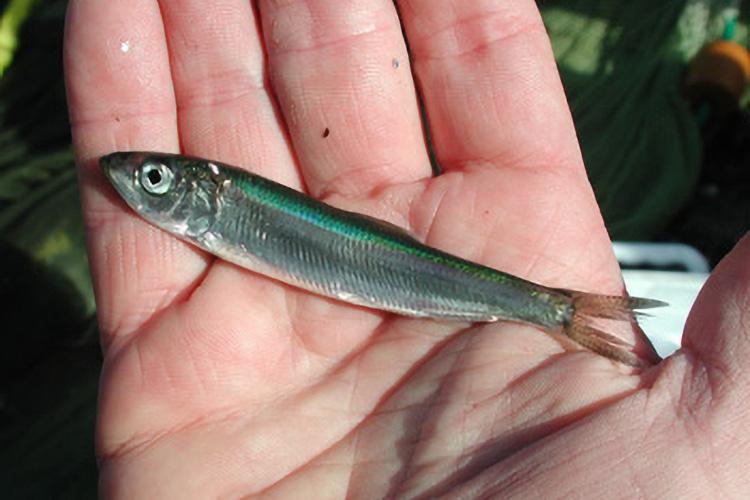Recruitment Energetics
Recruiting fish are those individuals that have successfully navigated the environmental and biological factors that limit their survival to adulthood. In order to identify how well juveniles are navigating those factors, we relate their nutritional status to environmental conditions and their developmental stage. The different developmental stages of juvenile fish are associated with different life history demands. The competing life-history demands of development, growth and energy storage require fish to acquire sufficient energy to successfully recruit. We employ a variety of measures of nutritional status and body condition so we can relate each of the different developmental phases to their potential survival. These analyses include indices for fish growth, nutritional status, health (thiamine), bioenergetics (diet, calorimetry), prey quality, and trophic linkages (stable isotope analyses).

Coastal Assessment
It is not enough to know how well fish are performing in their environment. We also need to characterize their abundance, distribution and the habitats we find them in. To get this information, we participate in and conduct surveys aimed at different developmental stages and in different seasons. Surveys we conduct are focused on nearshore habitats that many fish species use to rear juveniles. We are developing novel techniques for mapping habitat and survey fish distributions in these habitats. ShoreZone and the Nearshore Fish Atlas are two publicly accessible databases that we developed with collaborators and are frequently used by resource managers and researchers.
Alaska presents a challenge for coastal assessments due to wide-ranging, regional differences from the Arctic to the Aleutian Islands, Gulf of Alaska, and inside waters of Prince William Sound and southeastern Alaska. Some of these areas are relatively pristine and largely unstudied requiring baseline studies and habitat mapping surveys. Other areas have had a major oil spill like the Exxon Valdez oil spill requiring an understanding of contaminants in the marine environment and long-term monitoring of impacted ecosystems. Since the oil spill, we have transitioned from leading research on oil spill damage assessment and lingering oil, to climate change affecting injured resource recovery. By combining expertise in recruitment, bioenergetics, and essential fish habitat, the Recruitment Energetics & Coastal Assessment Program activities are relevant to agency and stakeholder needs on many levels.
Research
Our research lab applies methods of analytical biochemistry to understand the structure and function of marine food webs. Our studies assess factors underlying energy allocation strategies and nutritional quality of forage species using lipid and proximate analysis. These analyses provide a means of understanding patterns of energy flow in large marine ecosystems such as the Arctic, Bering Sea and Gulf of Alaska. Our analysis of energy phenology and trophic linkages is aimed at predicting the consequences of climate change on ecosystem functions.
Our work proceeds from the central idea that juvenile fish at high latitudes need to grow rapidly and store energy if they are to survive winter resource scarcity. Seasonal changes in energy content can profoundly influence the survival of fish and their nutritional value to predators. This bioenergetic approach allows us to understand how temperature and forage quality influence the productivity of high latitude marine ecosystems.
Our research portfolio is highly collaborative within and outside of NOAA Fisheries and includes shorter-term process oriented research, as well as highly collaborative long-term ecosystem monitoring studies. Examples of these include the Southeast Coastal Monitoring project and other salmon research in partnership with the State of Alaska, Recruitment Processes Alliance and Ecosystems & Fisheries-Oceanography Coordinated Investigations cruises that focus on groundfish recruitment, Gulf Watch Alaska Long-term Research and Monitoring Program, and community collaborative research on salmon in the lower Yukon River.

